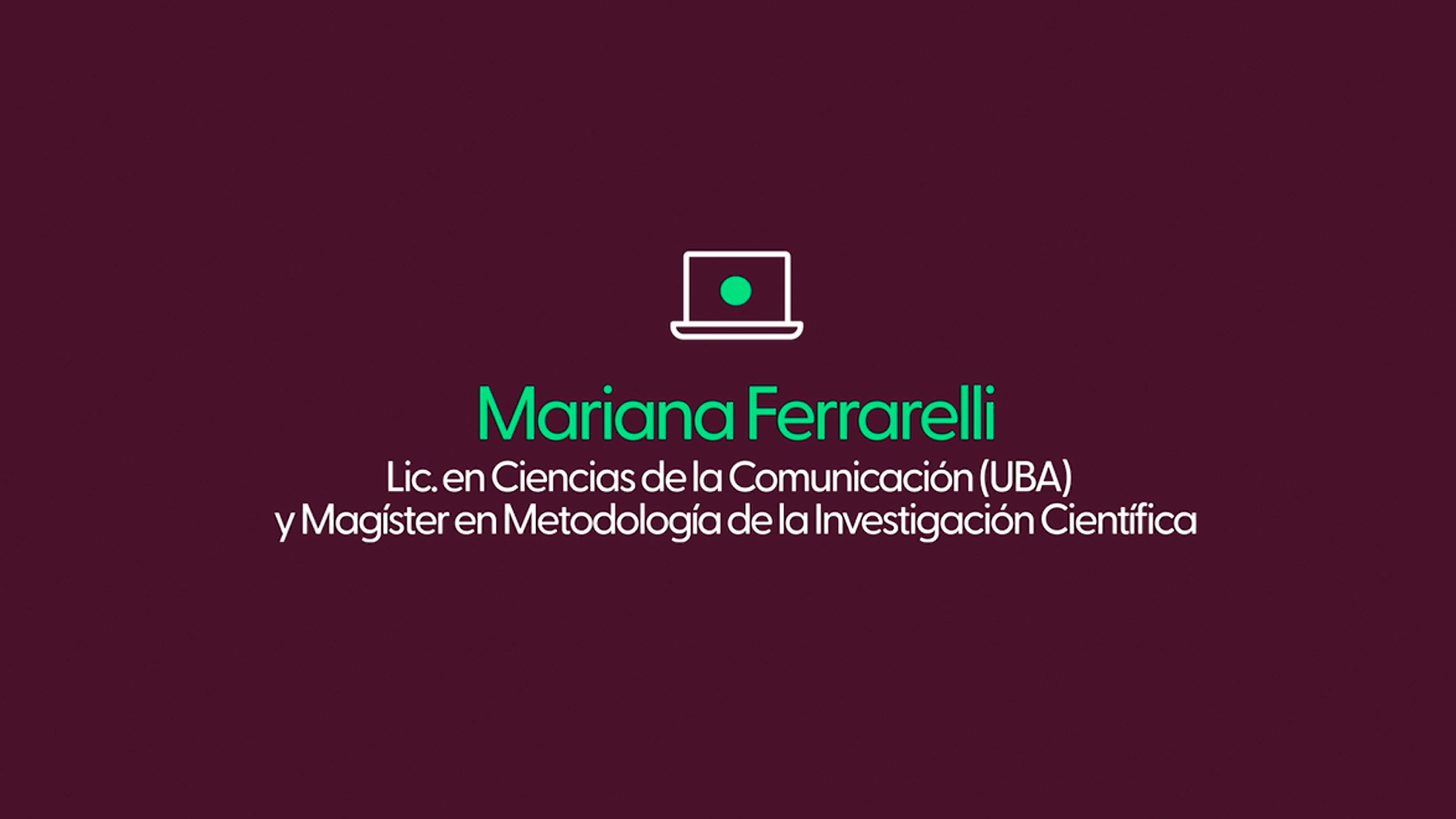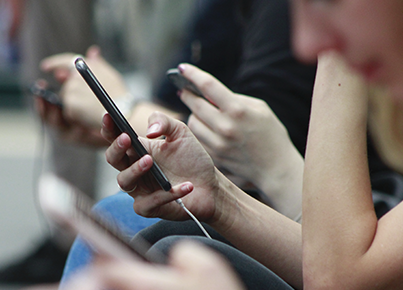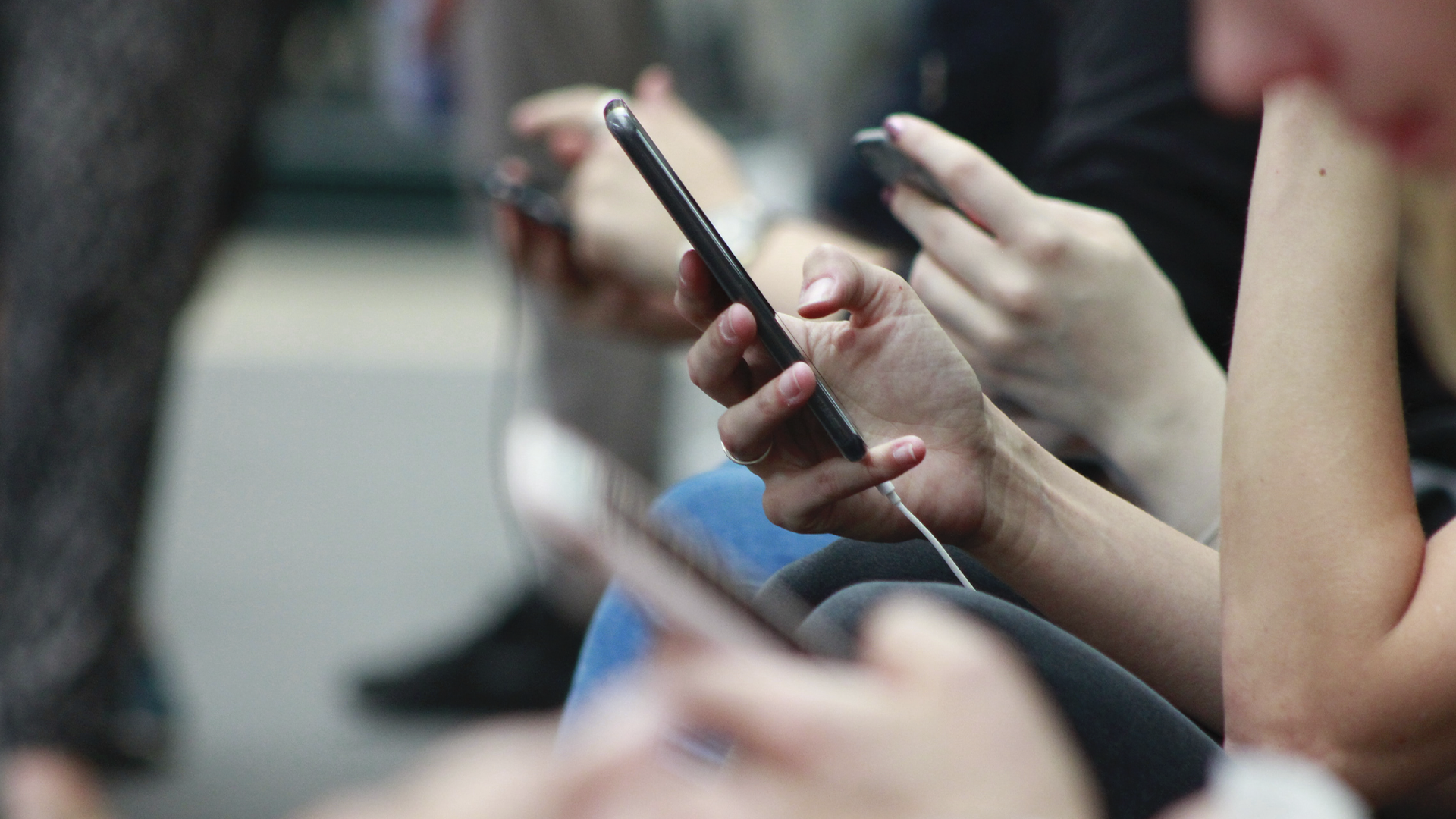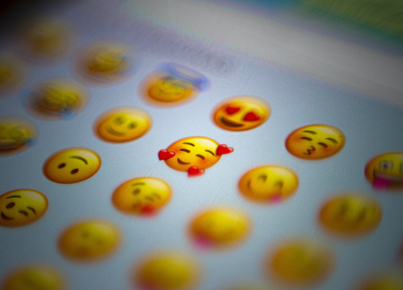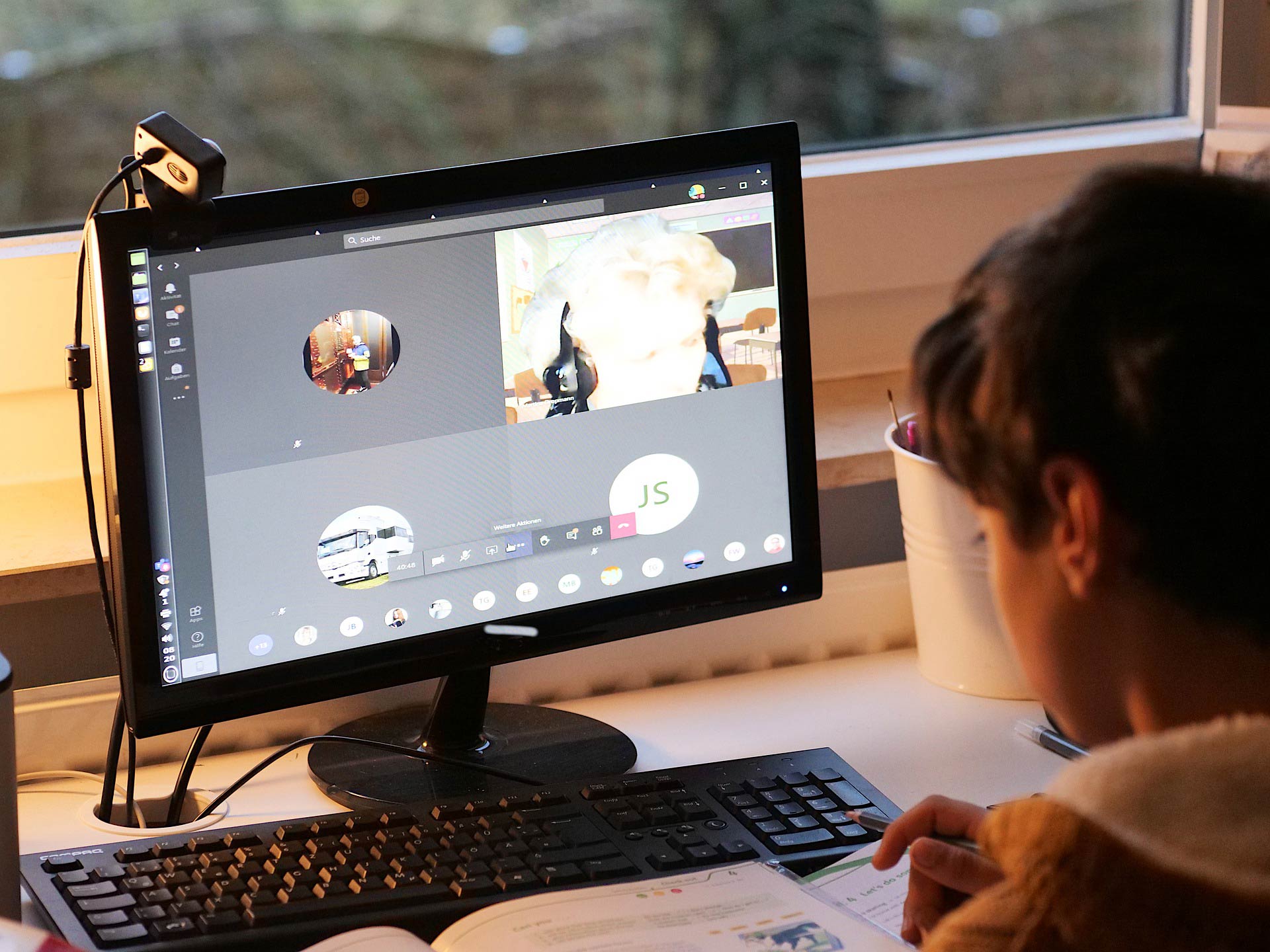Design of diversified teaching proposals with technologies
In this video, Mariana Ferrareli expands on concepts about Diversified Teaching and provides us with some materials that you can find below.
Download pdf materials on the ideas mentioned in the video
List of criteria for the design of diversified proposals
In line with the current tendencies in communication, education, and technologies, a diversified teaching proposal should have at least 5 of the following characteristics:
Links to videos and an interactive resource:
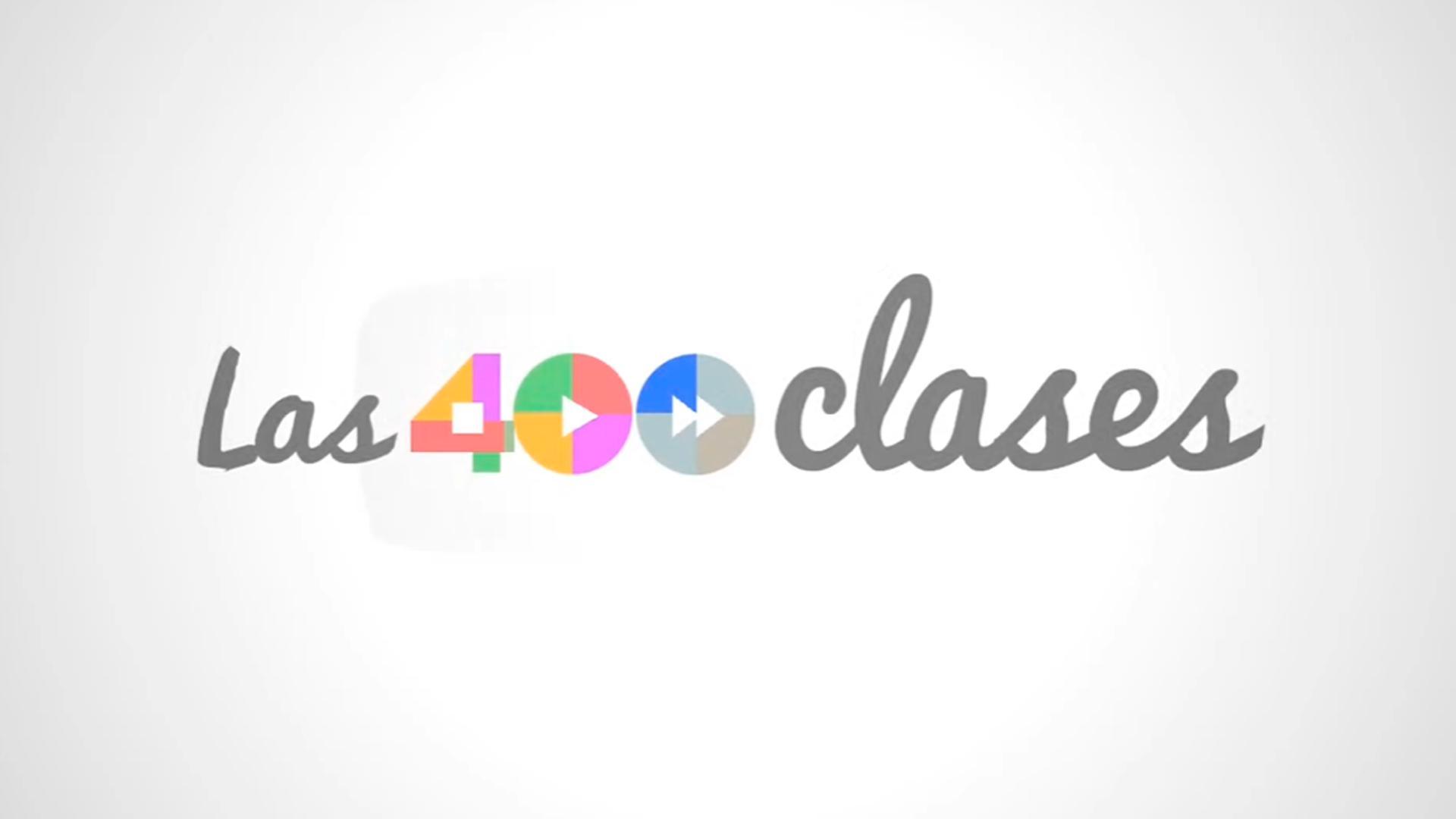

Gachy Cappelletti - Metacognitive questions
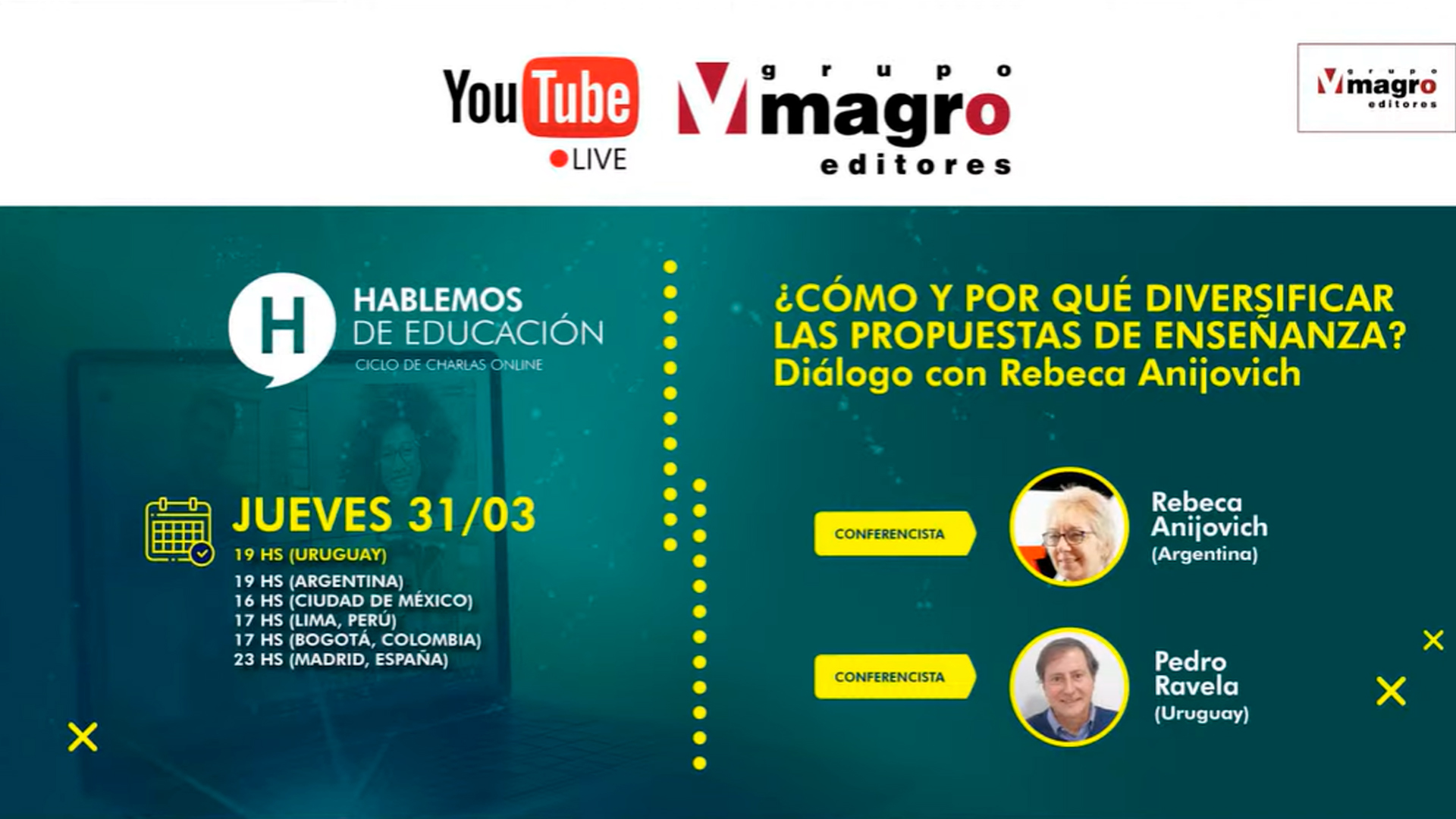

Rebeca Anijovich - How and why to diversify teaching:

